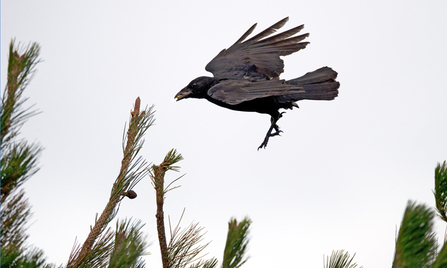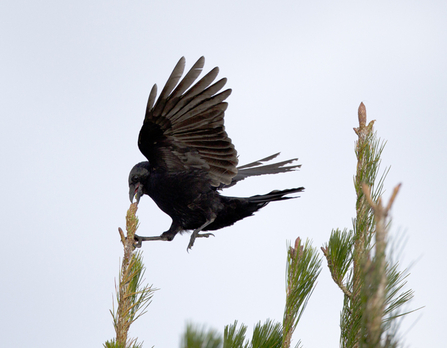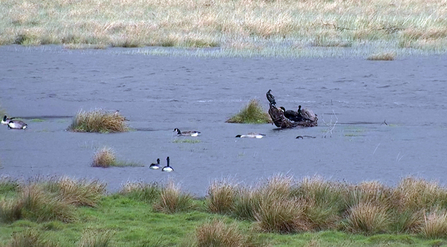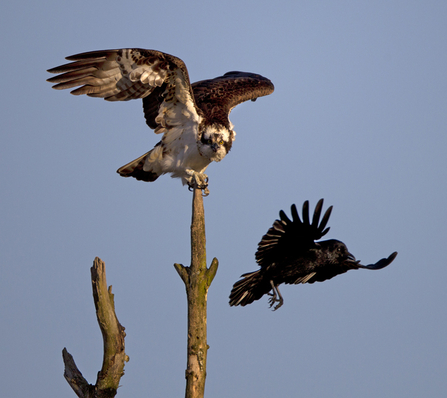A few years ago I visited Bardsey Island (Ynys Enlli in Welsh) just off the Llŷn Peninsula in north Wales. A wonderful place to watch birds.
One very windy afternoon, whilst most of my friends were sea-watching in some of the hides dotted around the island, I found myself pretty much landlocked, right in the middle. I was captivated, finding myself stuck to the spot watching two crows as they seemed to be dancing in the air, flitting between half a dozen pine trees.




